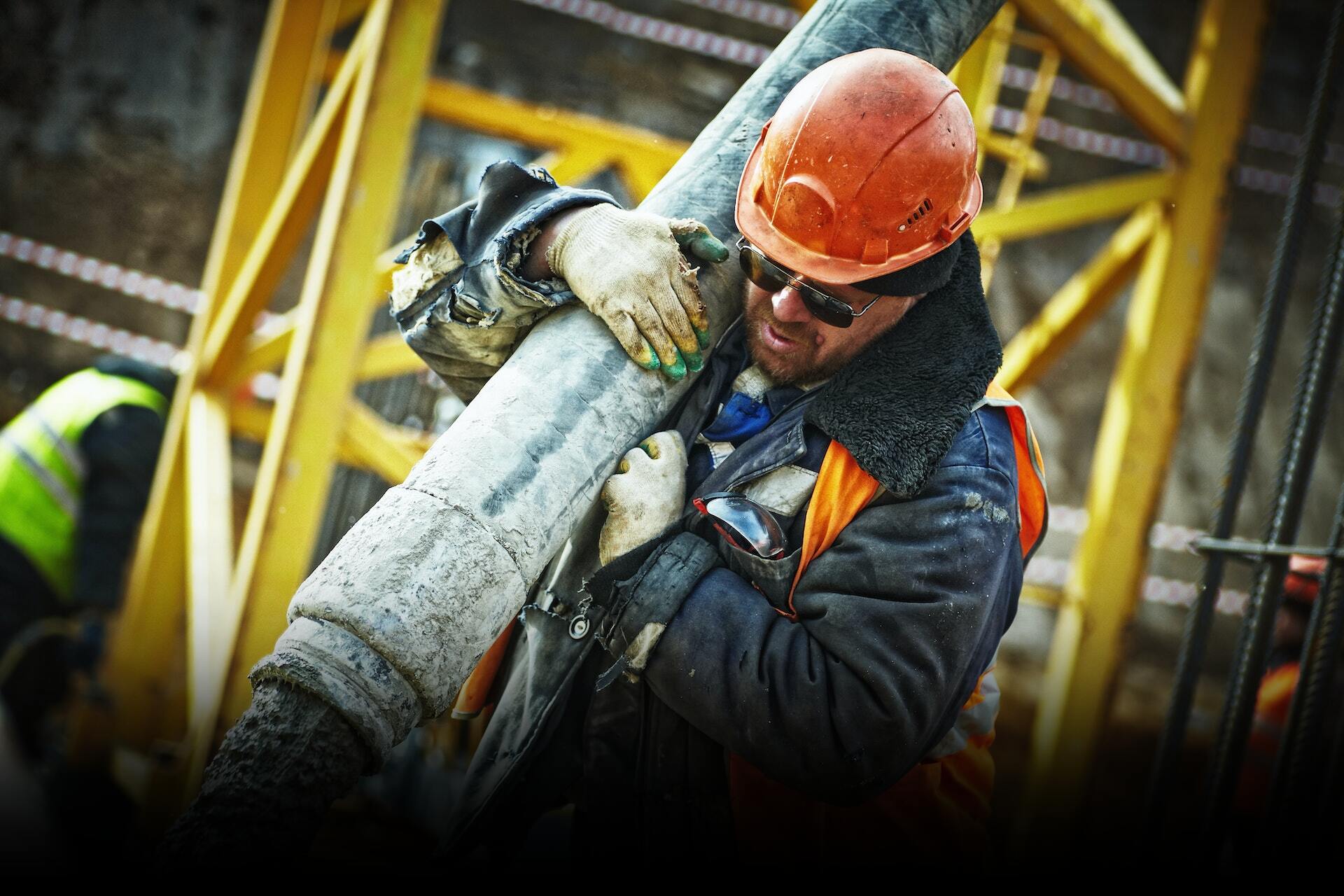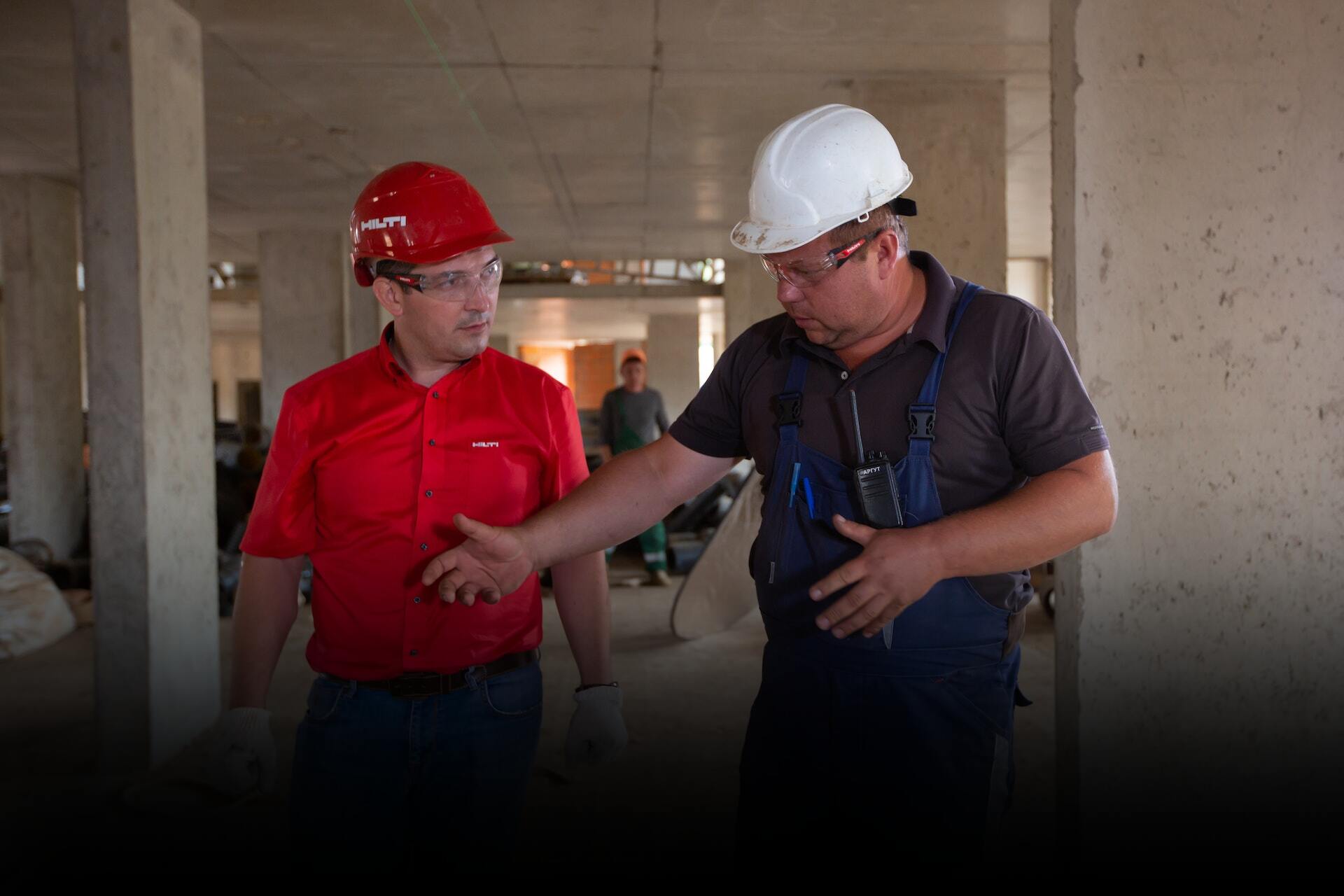
No Time to Read?
Let’s Explore the Blog Together to Know What’s Inside in 5 min summary video
Group of people who execute, operate, and observe specific work entirely on their own for periods of time. It does not mean being alone in the place, but not with colleagues to seek help if required. In addition to usual hazards and risks of their own tasks; they may face greater risk from these hazards as a result of being alone, causing harm as they may not have anyone to help or support them if things go wrong. In these situations, lone working may demand additional precautions to protect the individual as we will discuss in more detail later in this article.
a) Jobs Considered as Lone Working
Some factors can have increased adverse health consequences for workers when working alone, like musculoskeletal disorders, stress, and poor or irregular eating habits. Unfortunately, lone workers exist in numerous sectors in different forms,
For Example:
- Work at a fixed base
- In shops,
- Petrol stations
- Factories
- Warehouses
- Work separately from colleagues or outside normal working hours
- Security staff,
- Cleaners,
- Maintenance
- Repair staff
- Work away from a fixed base
- Health, medical care workers,
- Engineers,
- Plant installation
- Cleaning workers,
- Delivery drivers
- Purchasing coordinators
- Volunteers who do charity work.

Take into account that part-time jobs necessarily require attention; independent contractors and freelancers, for example, are exposed to specific road risks for work-related journeys. Equally, drivers who experience long, unsociable hours, high physical and mental demands.
Employer’s Responsibility
The general responsibility is to ensure and provide a safe workplace free of health risks to everyone who might be affected by the organization’s work, whether they are employees or not, so contractors, volunteers, or part-time workers are included. Although some responsibilities cannot be transferred to lone workers alone, the law requires you to think about their safety risks, set suitable precautions before they do the job, and include risks to lone workers in the risk assessment.
Worker’s Responsibility
They shall comply with rules and procedures regarding their lone work safety and take care of their own health and safety and that of others who may be affected by their work. Talk to line managers about queries or concerns relating to health and safety in their work. Attend training and follow instructions presented about lone working precautions.
b) Lone Working Hazards and Risks
Hazards and risks that result from lone working can be different from that of other works since lone workers are a group of workers who are especially vulnerable in certain instances, so things might be considered in ensuring lone workers are not put at risks such as:
- General activities like manual handling
- Inconvenient of the medical suitability to work alone
- Lack of training
- Poor levels of experience.
- Poor monitoring and supervision. or a trainee
- High-risk activities or limited to a few numbers of workers:
- Confined space
- Near exposed live electricity
- In diving operations
- Explosives or fumigation

- Poor environmental conditions
- Rural or isolated area
- Visiting people at their homes or premises
- Frequently require working outside normal hours
- Poor means of communication and a way to call for help
- Work-related stress levels and their mental health:
- Bad relationships with colleagues
- Lack of provided support from managers.
- Foreseeable emergencies
- Fire, equipment failure
- Illness and accidents and injured
- Risk of violence:
-
- Exposed to members of the public,
- Violent people (criminals, prisons or mental-health institutions)
- High risk of violence areas
- Late evening or early morning work
- Hold positions of authority over customers or clients;
- Alcohol and drug use by clients
- Carrying money and/or valuable equipment
- Migrant or foreign workers who are unfamiliar to risks in the jobs and workplace culture
- Vulnerable person young, pregnant, disabled or a trainee
Safety is the most productive business
– Safety Advisor
C) Managing The Risks
The law imposes lots of duties on employers to assess and control the risks in their workplace and what might cause harm to people, and decide whether you are doing enough to prevent that harm.
Communication Procedures
- Write it down to provide direct contact between the lone worker and the fixed base
- Through regular meetings, or provide other opportunities to share concerns
- Social events and work or team updates
- Ensure lone workers are included in any consultation on changes and training

Other Controls
- Reduce work-related stress by monitoring behavior for an employee and recognizing abnormal behavior or symptoms at an early point
- Provide nearby support from a colleague means that lone workers may be less able to prevent violence incidents
- Provide training regimes to help worker recognize situations where they may be at risk and to take appropriate steps to avoid or manage the risk.
- Good design of the work environment by avoiding being isolated
- Providing equipment to raise alarm in an emergency
- Consider lone worker’s first language by ensuring clear communications, especially in an emergency.
- Provide supervision to identify and handle health and safety issues, especially for lone workers who are:
- New to a job;
- Undergoing training;
- Doing a job that presents specific risks;
- Dealing with new situations.








































